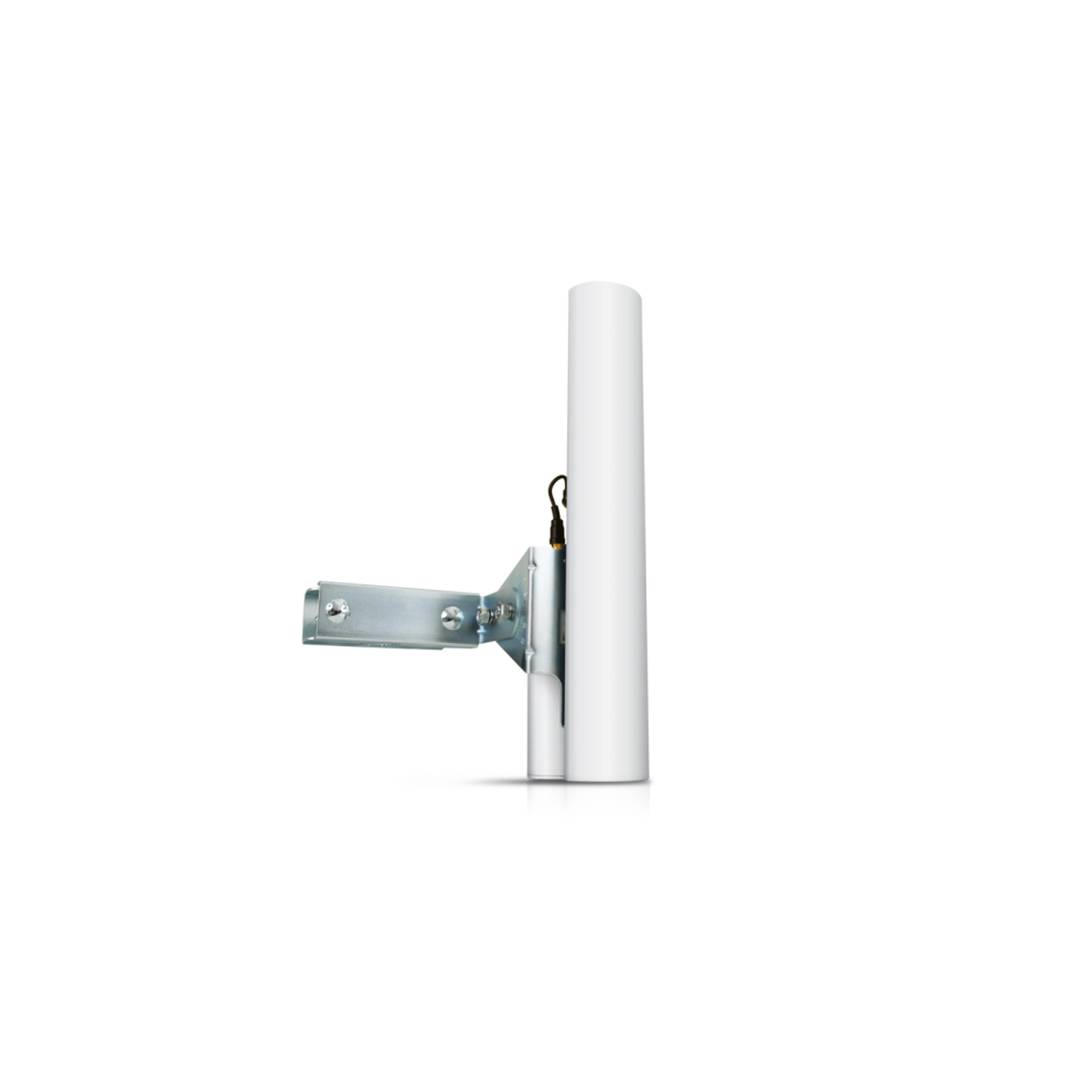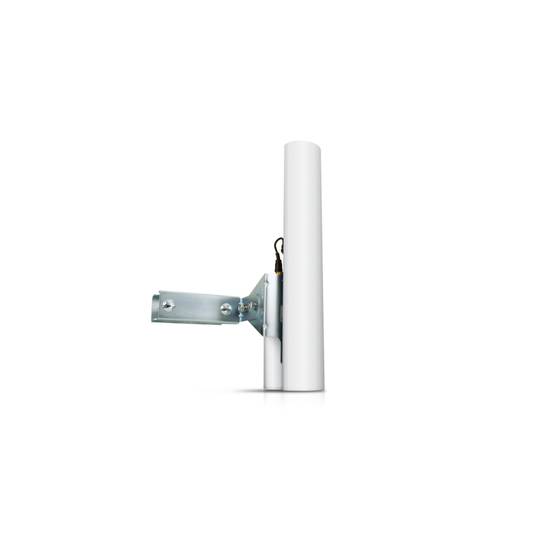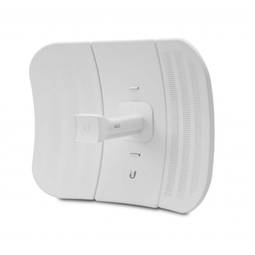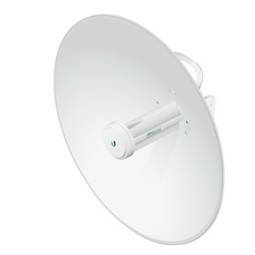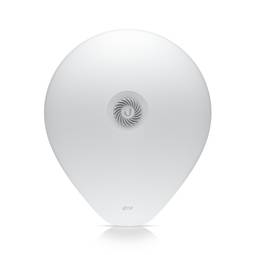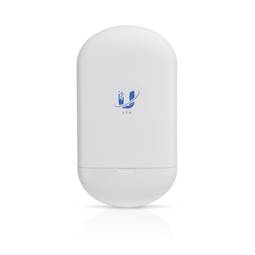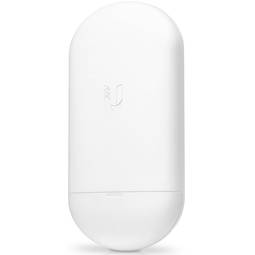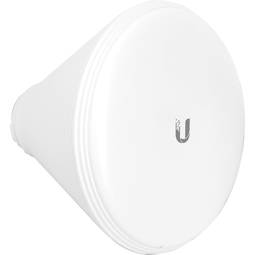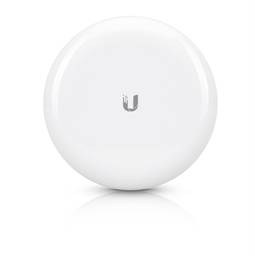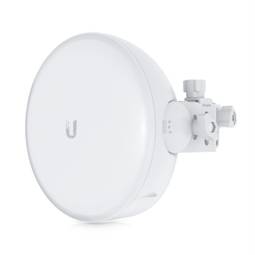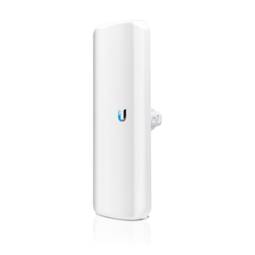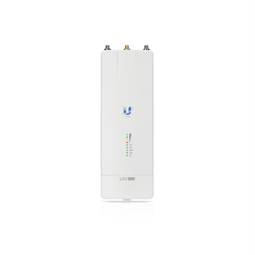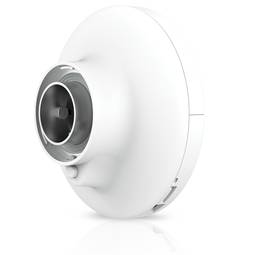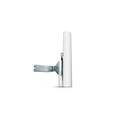12/15/2025 5:52 a.m.
https://cablematic.com/en/products/ubiquiti-airmax-sector-5ghz-antenna-with-16dbi-and-120deg-coverage-angle-am-5g16-120-UI135/
https://cablematic.com/en/products/ubiquiti-airmax-sector-5ghz-antenna-with-16dbi-and-120deg-coverage-angle-am-5g16-120-UI135/
Ubiquiti AirMax Sector 5GHz antenna with 16dBi and 120° coverage angle AM-5G16-120
REF: UI135
Specifications
- Antenna gain (max): 16 dBi
- Band frequency: 5GHz
- Horizontal Beam Width: 137°
- Antenna type: Sector antenna
- Polarization: Dual Polarization
PVP
€97.64
Price including VAT:
€97.64
PVD
€79.25
PVP: Retail price.
Check conditions.
PVP: Sale price to distributors.
Check conditions.
warranty
returns
safe
We will notify you when it is back in stock.
Specifications
- Antenna gain (max): 16 dBi
- Band frequency: 5GHz
- Horizontal Beam Width: 137°
- Antenna type: Sector antenna
- Polarization: Dual Polarization
More info
Ubiquiti dual polarization sector antenna designed for use in the 5 GHz band and with a maximum gain of 16 dBi. Its Voltage Standing Wave Ratio (VSWR) is 1.5:1 and its horizontal beam width is 137°. This antenna has dimensions of 367mm in width, 63mm in depth and 41mm in height, and comes packaged with one piece. Manufactured by Ubiquiti with reference AM-5G16-120.
Specifications
- Antenna gain (max): 16 dBi
- Band frequency: 5GHz
- Horizontal Beam Width: 137°
- Antenna type: Sector antenna
- Polarization: Dual Polarization
- Voltage Standing Wave Ratio (VSWR): 1.5:1
- Width: 367mm
- Depth: 63mm
- Height: 41mm
- Quantity per package: 1 pc(s)
- Ubiquiti manufacturer reference: AM-5G16-120
- Ideal for: Providing a high-speed wireless connection in long-distance environments
- Compatibilities: Works with 802.11a/n/ac, as well as with wireless network devices that support the 5 GHz frequency
- Connections: RP-SMA connector
- Colour: black
- Technology: MIMO technology to improve signal speed and quality
- Gross Weight: 600 g
- Number of packages: 1
Technical terms
- Hz
- dBi
Hz
One hertz is one cycle per second, meaning repeating cycle as an event. For example, hertz is applied physics measuring the number of times for a second wave (either acoustic or electromagnetic) is repeated or can be applied, among other uses, to ocean waves that reach the Beach vibrations per second or a solid. The quantity that measures the frequency hertz is called,in this regard, the inverse of the period. One hertz is an oscillation frequency of suffering a particle over a period of one second.


